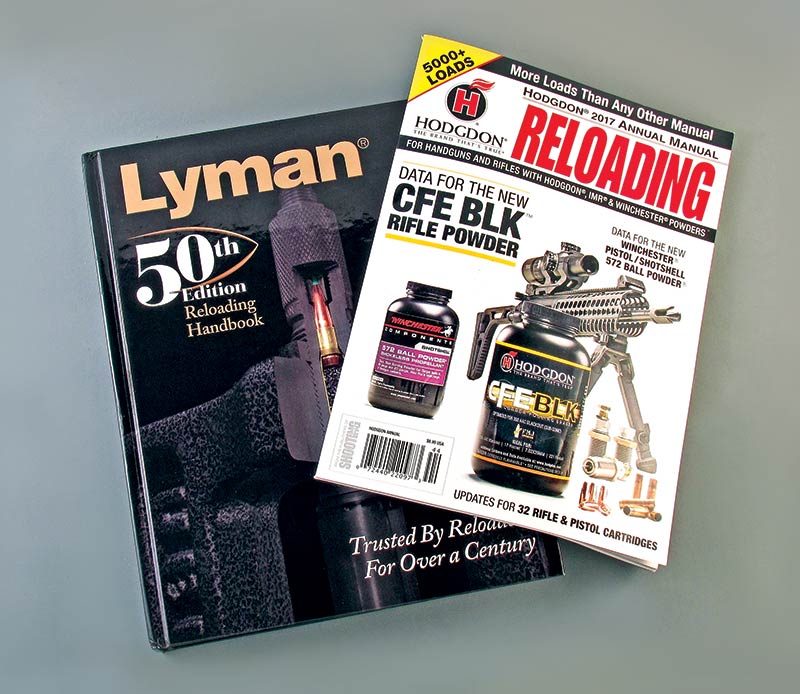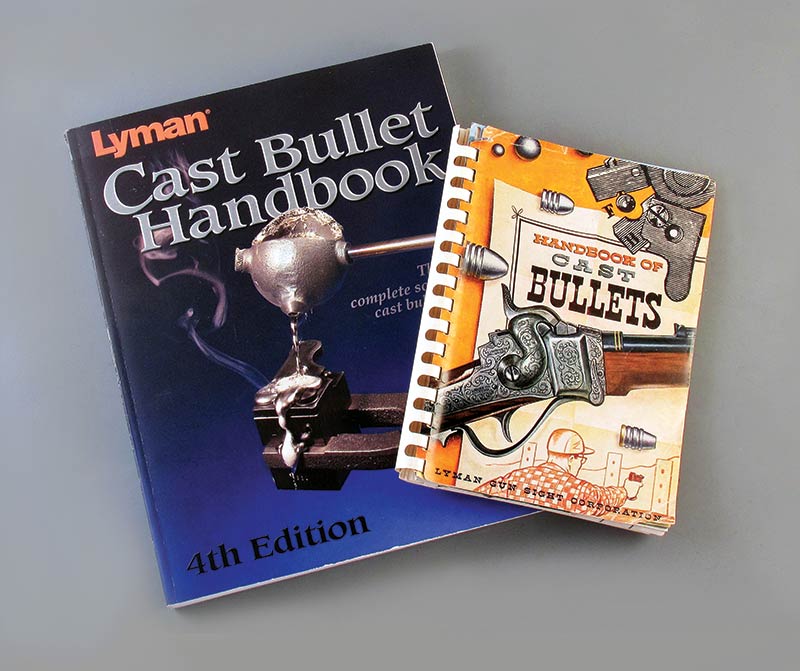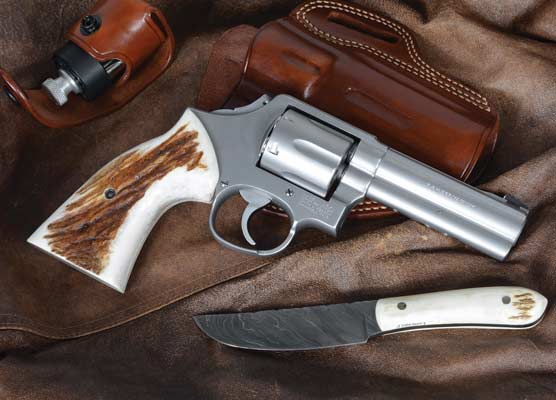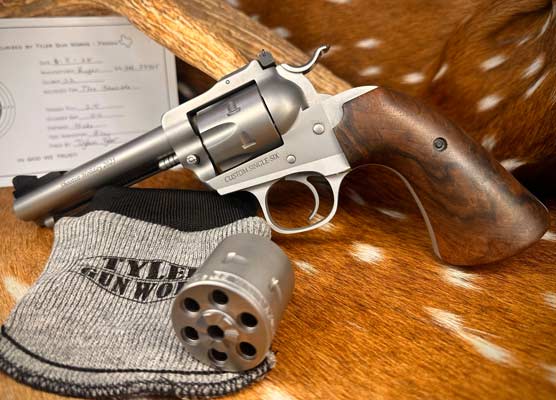Loading Data Only New Manuals Need Apply
Where should we get reloading information? First, let’s look where we should not obtain data. The number one negative source is anonymous information on the Internet. The world is full of crazies and some of them actually are on the net. Be very careful to avoid anything without credentials. One truly invaluable source though is the website maintained by Hodgdon’s, the powder company. There are several excellent reloading manuals published too.
Hodgdon’s updates theirs every year in a magazine format making it very affordable. Other manuals I keep current are from Lyman, Hornady, Nosler, Sierra and Speer. I refer to these often and cross reference one with the other. When I’m starting a project for a cartridge for which I’m not familiar I want to look at a minimum of three reliable manuals. I want the manual on my desk with my notebook and pen in-hand.
What about that older bargain priced manual found at a garage sale or gun show? I’ll admit I have several shelves of old manuals and books dating back prior to WWII. However, these are for historical reference only, not for loads to be used currently. There are many variables when it comes to reloading and over the years, things change. Components change, pressure testing instrument changes and firearms change. It’s in our best and safe interest to stay current.
Staying Current
One of the major changes occurred around the middle of the 20th century during the change from balloon head brass to solid head brass, especially in .44 Special and .45 Colt cartridge cases. The older ones have more capacity and loads approaching maximum in those old cases will be well over maximum in the new brass.
Before the arrival of the .44 Magnum the .44 Special was the Big Bore Cartridge. Elmer Keith led the way with heavy loads in the .44 Special beginning in the late 1920s. His load with balloon head brass was widely published as 18.5 grains of #2400 using his 250 grain hard cast #429421 Lyman/Keith bullet. Lyman/Ideal Manual #38 lists this load and gives it a muzzle velocity of 1,200 fps. By 1964 with Manual #43 this load was reduced to 18.0 grains and 1,100 fps; down to 17.7 grains with Manual #45 from 1970 and a muzzle velocity of 1,155 fps. By 1982 this was down to 13.2 grains and 800 fps.
During this time capacity of cases changed, primers changed, powder certainly changed somewhat, and measuring instruments changed. By the time we got to the 1980s the .44 Special was not just available in large frame sixguns but also 5-shot revolvers, some as small as the Charter Arms Bulldog. I can’t imagine using a load from the 1930s in the Bulldog, which arrived in the 1960s.
Old Manuals
Looking at older Speer Manuals we find in #5 from 1962 very heavy loads for the .44 Special using the 250 grain Keith bullet. They go all the way up to 9.0 grains of Unique for 1,040 fps and 18.0 grains of #2400 for 1,075 fps. These loads stayed the same until 1970 and Manual #8 when they dropped the Unique recommendation to 8.0 grains and 1,020 fps. In #8 they also still listed 18.0 grains of #2400, however now the muzzle velocity is up to 1,200+ fps. This marks the last time they give loads with the Keith Bullet. Fun to read, but don’t use these loads!
The .44 Magnum arrived in the late 1950s and in the Lyman #42 Manual in 1960 the recommended maximum was 23.0 grains of #2400 for 1,350 fps with the 250 grain Lyman/Keith #429421 bullet. In the #46 Manual this was raised to 23.4 grains of #2400, however the muzzle velocity dropped to 1,232 fps. By Manual #48 in 2002 the powder charge was cut quite drastically down to 20.6 grains of #2400 and 1,250 fps where it still remains.
One of the reasons for the change in muzzle velocities, in addition to changes in brass, powder and primers, is at times they used an actual sixgun while other times a pressure test barrel for measuring velocities.
I find all this information quite fascinating, however I repeat — this is for historical information only. Reloading information to be reliable must be up to date, and the best place to find it is the latest published trusted sources.
For more info: www.americanhandgunner.com/index







